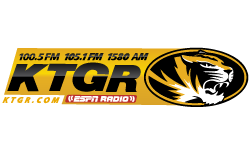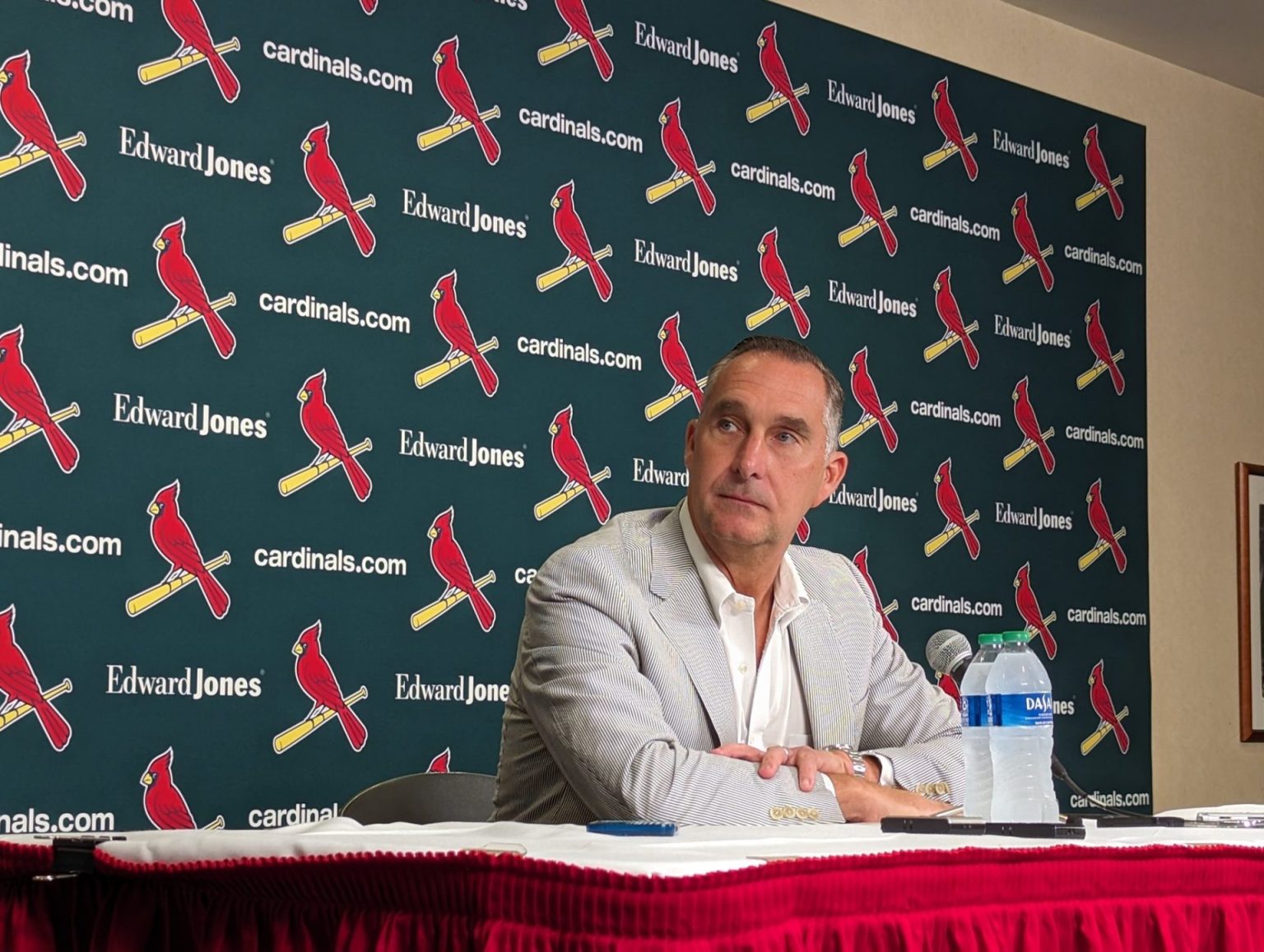John Mozeliak made no bones about it. As he approached this year’s MLB trade deadline, the Cardinals’ president of baseball operations was clear that the Cardinals would be motivated to move short-term assets—with their sights set on long-term gains.
In exchanging expiring contracts for the future, Mo wanted to prioritize emerging talents who could contribute to the big-league roster as early as 2024. Guys who could help out by 2025 would be all right, too. But he implied that the Cardinals mostly wanted to avoid prospect returns centered around players who might not project to reach the big leagues within the next two seasons.
The message: this isn’t supposed to be a long rebuild. The Cardinals intend to contend again next season.
In order for that dream to materialize for St. Louis, though, this past week was the first step that needed to happen.
In trading five rental players from the St. Louis roster (Jordan Montgomery, Jack Flaherty, Jordan Hicks, Chris Stratton, and Paul DeJong), Mozeliak largely accomplished his stated goal. The Cardinals accrued nine players in return for their five expiring contracts. Seven of the nine land among the team’s Top 30 prospects according to MLB Pipeline (with four nestled inside the Top 10).
Of those seven, six are projected with an ETA to the Majors of 2024 or sooner. The one that isn’t, 19-year-old A-ball pitcher Zack Showalter, is arguably the most intriguing arm the Cardinals picked up at this deadline.
It’s true that the Cardinals didn’t get any bona fide big-leaguers over the past week. Lefty John King pitched a scoreless inning in his St. Louis debut Tuesday, but he had uneven results in the Rangers’ bullpen prior to the deal. Nobody else acquired by the Cards has seen big-league action yet in their careers.
But to understand the reason it happened that way after the lead baseball executive seemed to imply a series of moves designed to help the Cardinals sooner than later, it’s important to contextualize the deadline based on the types of moves that were made—and the ones that weren’t.
The Cardinals only dealt rentals. Paul DeJong is technically an exception to that statement, given his $12.5 million team option for 2024. But the Cards probably weren’t clamoring to pick up that bonus year on the shortstop, whose rebound season has still resulted in slightly-below league average production (.710 OPS for a 93 OPS+). Since he was owed $3 million in buyout money for his options of 2024 and 2025, the financial implications also hindered the return St. Louis could conceivably get on PDJ (as it was, the Cards kicked in a few million dollars to Toronto to finalize the deal).
Elsewhere, the Cardinals had a series of capable mercenary pitchers to offer contending teams. All free agents-to-be, all with varying levels of expected contributions. To extract from that group some high-K rate lottery tickets (like Tekoah Roby, Drew Rom, and Adam Kloffentstein) and a pair of savvy utility batsmen (Thomas Saggese and Cesar Prieto) seems like standard value in return for what the Cardinals had to sell.
Are any of these players immediate difference-makers? They aren’t. But it would have been unreasonable to expect otherwise when the Cardinals ultimately didn’t delve deeper into their roster for these trades by parting with controllable (e.g., more valuable) assets.
Now, let’s talk about how this sets the table for the next stage of the retool—which is arguably going to be far more critical than this deadline action was in determining whether 2024 will be a successful endeavor for the Redbirds.
For the Cardinals to be competitive again quickly, a complete overhaul of the pitching staff is not merely a recommendation. It is a requirement.
Miles Mikolas and Steven Matz are both under contract and will slot back into the rotation for 2024—getting more production out of both veteran starters than they have provided this year will be an important part of the equation. But beyond that pair, the Cardinals have three spots to fill in meaningful ways before heading down to Jupiter for spring training in mid-February.
While the crop of internal options includes Dakota Hudson, Matthew Liberatore, Michael McGreevy, Gordon Graceffo, Drew Rom, and perhaps others, it would be foolish to assume the sale on any one of those pitchers grabbing the bull by the horns for a rotation spot by opening day.
So free agency is going to be critical for the Cardinals. And not the kind of free agency periods the Cardinals are used to having, where dipping into the bargain bin for guys like Drew VerHagen qualifies as starting depth.
Mozeliak and owner Bill DeWitt Jr. have to approach it differently this time or run the risk of their flowery language about a competitive 2024 season in St. Louis being reduced to idle chatter.
Signing another Matz type—and hopefully one with more initial success than the lefty has had in two seasons with the Cardinals—could suffice as a secondary acquisition. But the Cardinals need to land a big fish, whether it’s by opening up the pocketbook in free agency for a team record free-agent contract (Willson Contreras’ $87.5 million guaranteed is the most ever doled out to a FA who hadn’t yet played for the franchise) or by drawing up a blockbuster trade to bring an ace-caliber starter with ample team control into the fold.
That’s where we circle back to the notion of this deadline being only the first step in a multi-step process. The Cardinals are said to have fielded offers over the past few weeks on position players like Dylan Carlson, Tyler O’Neill, Alec Burleson and perhaps other more notable pieces like Tommy Edman, Brendan Donovan and Nolan Gorman.
Clearly, no deals came to fruition involving those names, as the Cardinals recognized there wasn’t the same urgency to rush into trades involving players who would still be under team control come November. Without the pressure of a deadline, the Cardinals will need to make difficult decisions on which of the above players to keep—and which to sell off in order to turn around the pitching.
The Cardinals needed to maximize value for the five players they traded this past week—threading the needle to unload each of them successfully was an accomplishment in and of itself.
But for the Cardinals to meaningfully address the numerous holes in the pitching staff—and in particular, the starting rotation—John Mozeliak must have his most active off-season to date, bucking the predictable trends of winters past to strike for both quality and quantity in the starting pitching market.

